When it comes to lenses, some out there have become a key part of many photographers’ main kit. And for me, this lens marked my first major lens purchase and investment in the Nikon system. This lens marks the fifth iteration of the 70-200mm f/2.8 series of telephotos and the second Silent Wave Motor (AF-S) of this iconic lens. First released in 2003 alongside two other f/2.8 G-Type lenses, the 14-24mm and 24-70mm, which forms the Nikon Trinity. This lens quickly became a go-to lens for wedding, event, and reenactment photography originally paired with my Nikon D300 and later my F5 and D750. It’s heavy, unwieldy, and not exactly the most practical lens in my kit. But you don’t get a lens like this for practicality; you get it for performance, speed, and optical quality. And while it is now two generations behind, having been replaced by an improved f/2.8G and now a f/2.8E version. Nikon has also released a Z-mount version of this lens.
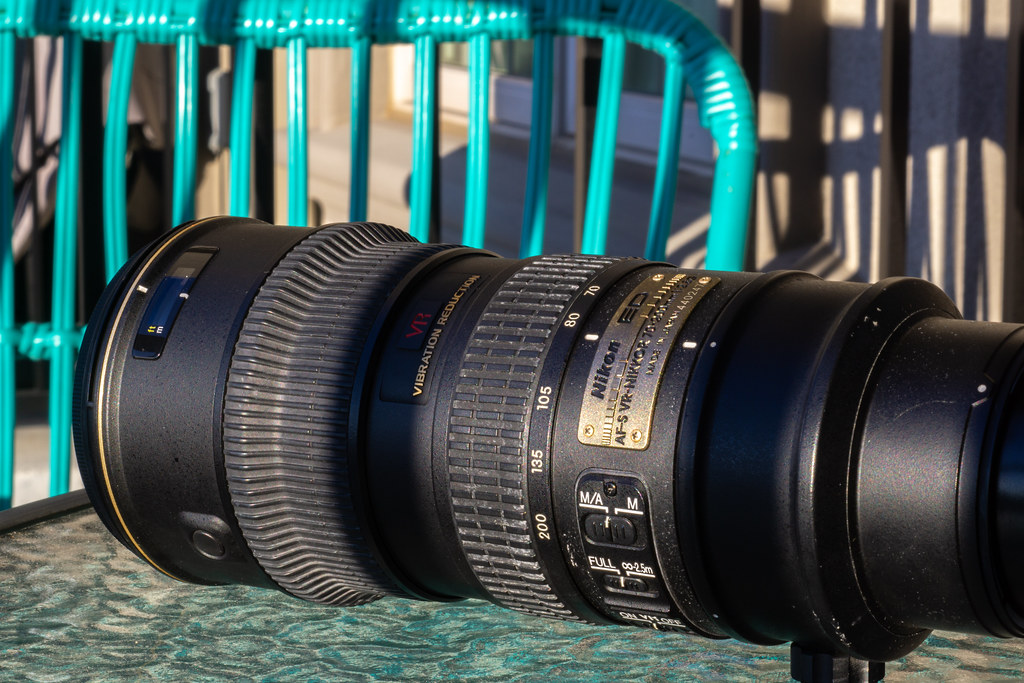
Lens Specifications
Make: Nikon
Model: AF-S Nikkor 70-200mm 1:2.8G VR
Focal Length: 70-200mm
Focal Range: ∞ – 1.1m
Aperture: f/2.8 – f/22, 9 Blades (Rounded)
Structure: 21 Elements in 15 Groups (5 ED Glass Elements)

Nikon D750 – AF-S Nikkor 70-200mm 1:2.8G VR
Build Quality
If there is one thing for sure about this lens, it is big, heavy, and well made. Probably the weight is what makes this lens particularly difficult to use with any ease. Given the size and weight, it will throw off the balance of almost any camera it is attached to, and you will want some additional grip to help balance things out. And if you are running it on a tripod, use the auxiliary foot to prevent any accidental tips. The foot does get in the way when working with the camera handheld, but thankfully can be removed. The 70-200 is made primarily out of metal, with some plastic parts included, mainly the lens hood. All the important parts are metal construction. Operations are smooth, with both the focus and zoom rings moving cleanly and allowing for quick adjustments. A series of switches controls the various functions, such as adjustments to the image stabilization (on/off along with active/normal). There’s also a focus limiting switch to allow for even faster-focusing speeds. The AF-S motor is fast and silent, although mine does occasionally get stuck that’s probably due to age and wear at this point. Another interesting addition is three AF buttons at the front of the lens barrel, which helps you both focus and focuses lock the lens, which is great for tracking a subject when photographing them. The lens does tend to flare, despite the lens coating, so when working outside, use the hood to help out when the light is hard and off-axis.

Nikon D750 – AF-S Nikkor 70-200mm 1:2.8G VR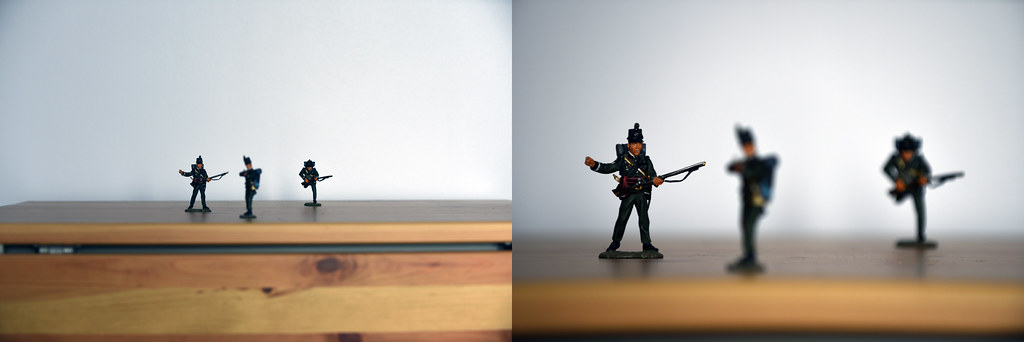
Nikon D750 – AF-S Nikkor 70-200mm 1:2.8G VR
Nikon D750 – AF-S Nikkor 70-200mm 1:2.8G VR
Nikon D750 – AF-S Nikkor 70-200mm 1:2.8G VR
Nikon D750 – AF-S Nikkor 70-200mm 1:2.8G VR
Nikon D750 – AF-S Nikkor 70-200mm 1:2.8G VR
Nikon D750 – AF-S Nikkor 70-200mm 1:2.8G VR
Image Quality
The one thing that surprised me the most, but honestly should not have, is the amount of vignetting and corner fall-off the lens has at the lower apertures. I mean, even the 50mm f/1.4D did not vignette as bad as the 70-200/2.8G! Most of the issues are at the 200mm end of the scale, with the vignetting being clearly visible between f/2.8 and f/4, with it present at f/5.6 and gone by f/8. At the 70mm end, it is gone by f/5.6. I also think that much of this has to do with the close focusing that I was doing during the lens testing, as in the field, there is little evidence of the vignetting that I could tell. Thankfully there’s no issue with lens distortion at both ends of the focusing scale. But the lens retains an excellent image quality when it comes to sharpness, no matter what aperture you’re shooting at. Despite the lens coating, the lens does tend to flare when outdoors in harsh off-axis light. Thankfully the provided hood does help block that out, and I make sure I use it whenever I’m outside. When it comes to image stabilization, having that extra tool in your kit is excellent, but it isn’t for every situation. The general rule is that you need to shoot at the inverse of the focal length, which means you want to have a shutter speed of at least 1/200″ at 200mm and 1/70″ at 70mm. Thankfully the VR system allowed me to easily shoot at 1/125″ even at 200mm without any noted camera shake. But watch out; the VR system will get confused and cause image quality issues if left turned on when the camera is mounted on a tripod. If you are actively tracking a subject, set the VR mode to active.
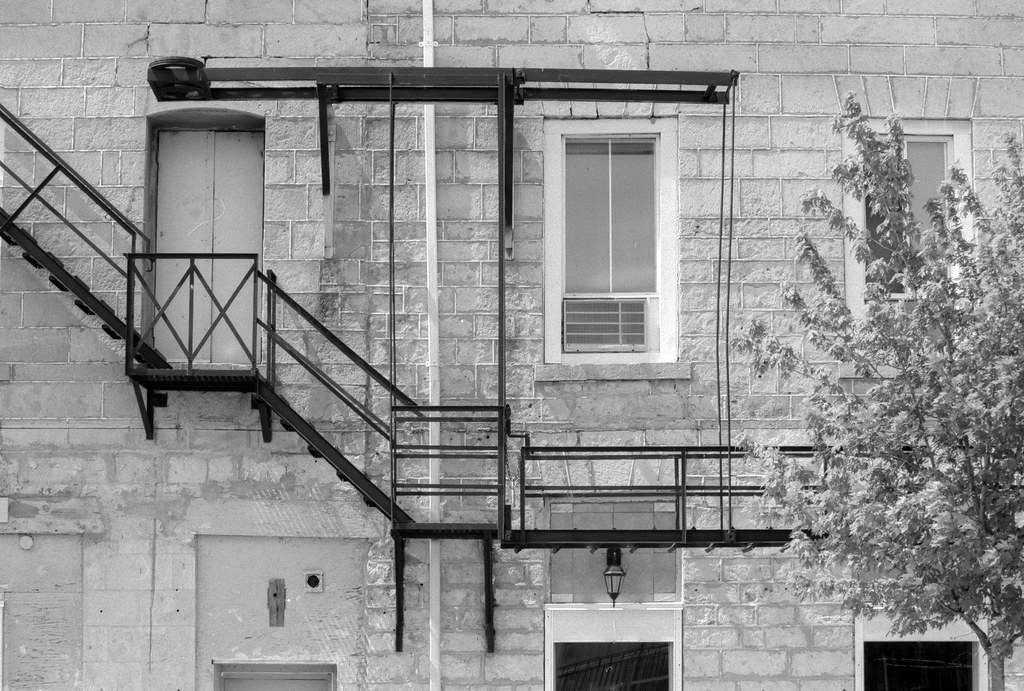
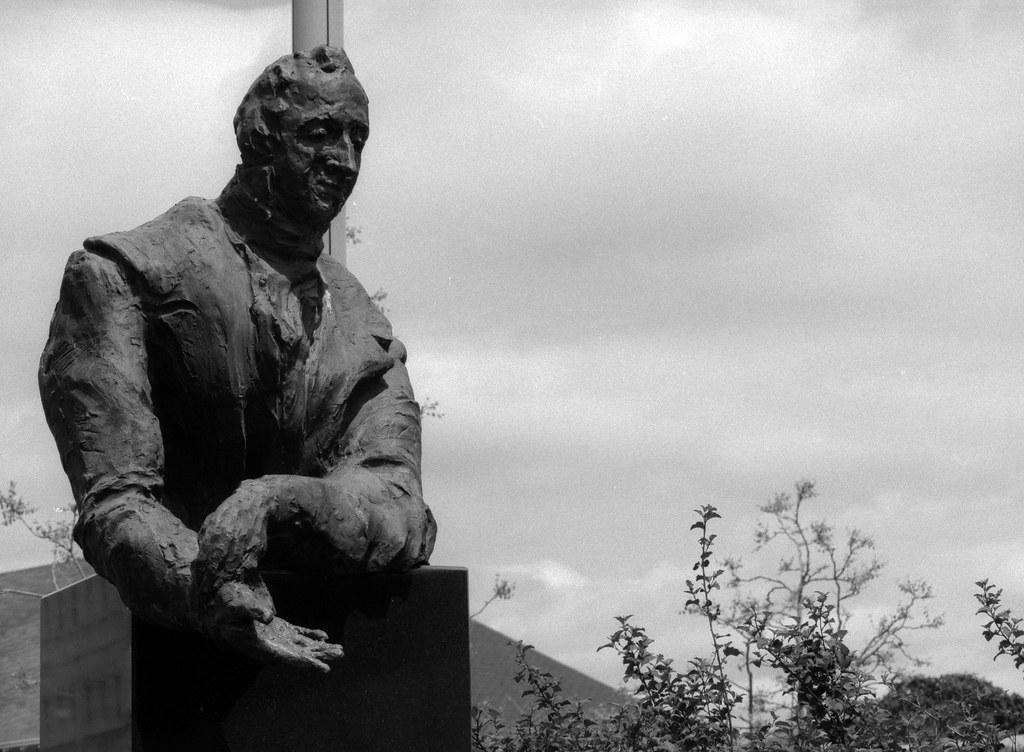

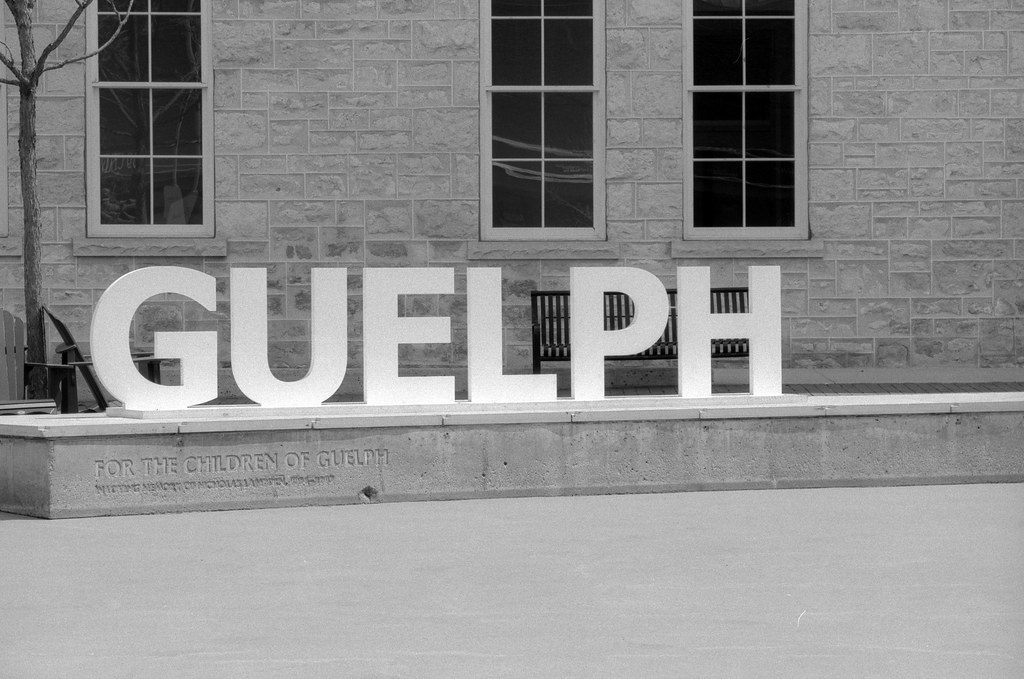

Applications
I can easily remember the exact reason I purchased this lens, saving up a fair amount of money to buy it now; in hindsight, I might have done better to save a chunk of change and go with an older Type-D version of the lens, but I digress. The main reason I purchased this lens was to photograph War of 1812 reenactments; I needed something long and fasted, especially when photographing night or low-light battles where the depth of field isn’t too important but being able to get a fast enough shutter speed to capture musket fire, which is in itself a matter of skill, luck, and timing. And that is what the lens is designed for, getting in close to subjects far enough away and working in low light. The 70-200/2.8G is perfect for event photography and with the fast f/2.8 constant aperture it works great under less-than-ideal lighting conditions. That fast aperture also helps with portrait photography and street photography when you need to isolate the subject and compress your foreground and background in the process. And while you certainly will stand out doing street work with this lens, you can also be far enough away that your chances of being spotted by your subject are slim. I wouldn’t work in crowded conditions with the lens as there is a greater chance you will hit an innocent bystander. Along the same lines as portrait and event work, this lens also works wonders at weddings; being able to capture excellent shots at the ceremony and reception and stay out of the way and work in strange lighting conditions, you have a clear winner. It can also work in sporting events with the VR system providing an ‘active’ mode when tracking subjects. In a more secondary role, the lens provides for good architecture work, capturing details lost in wider shots. I could use the lens to easily pick out some more distant details in some of downtown Guelph’s historical buildings with the lens like never before. The lens works great with almost all autofocus Nikon SLRs, both film and digital, without trouble; I have used this lens on my D300 and D750, along with my F4 and F5. The only trouble being a Type-G lens, you do lack that aperture, so you will need to set your F4 and similar era SLRs to either shutter priority or program mode for the lens to work. And yes, the image stabilization does work even on the older cameras. However, if aperture control is a must, the older 80-200mm f/2.8D is another excellent choice.
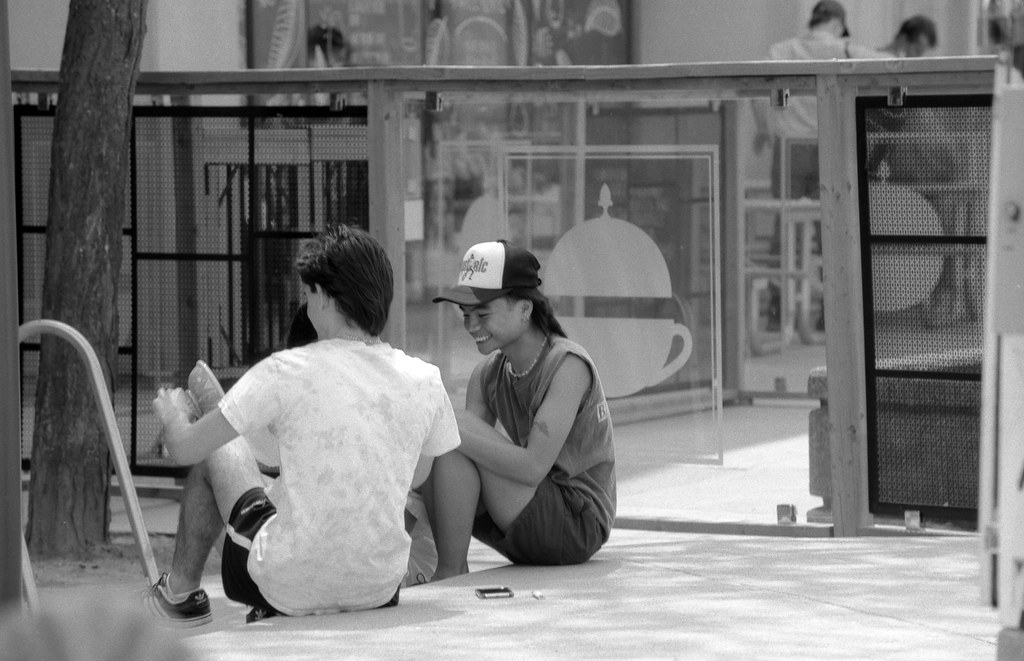

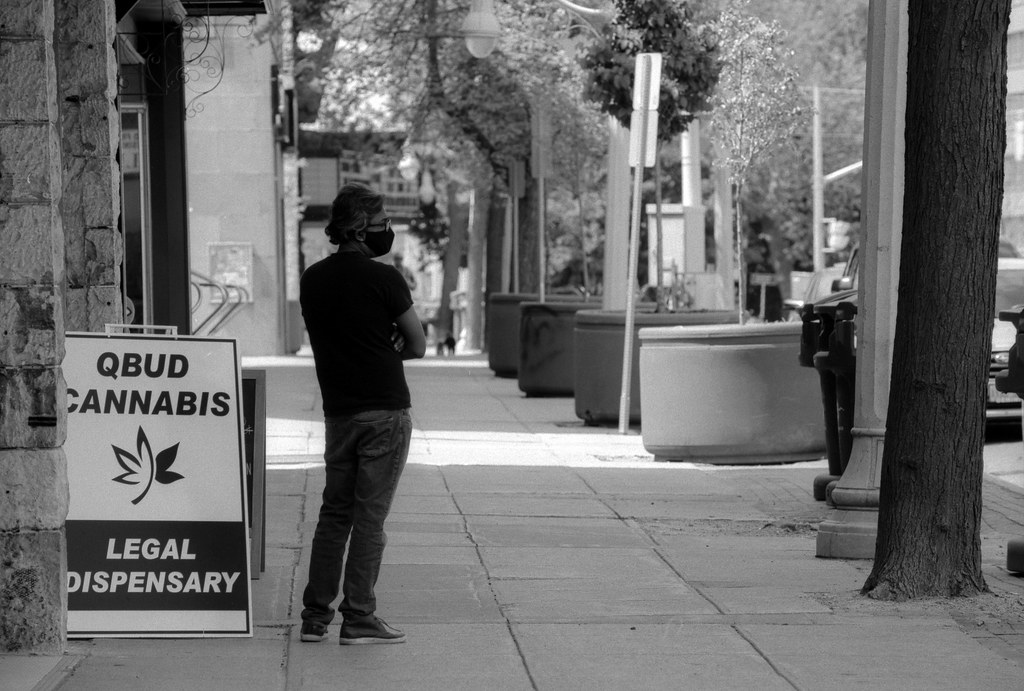
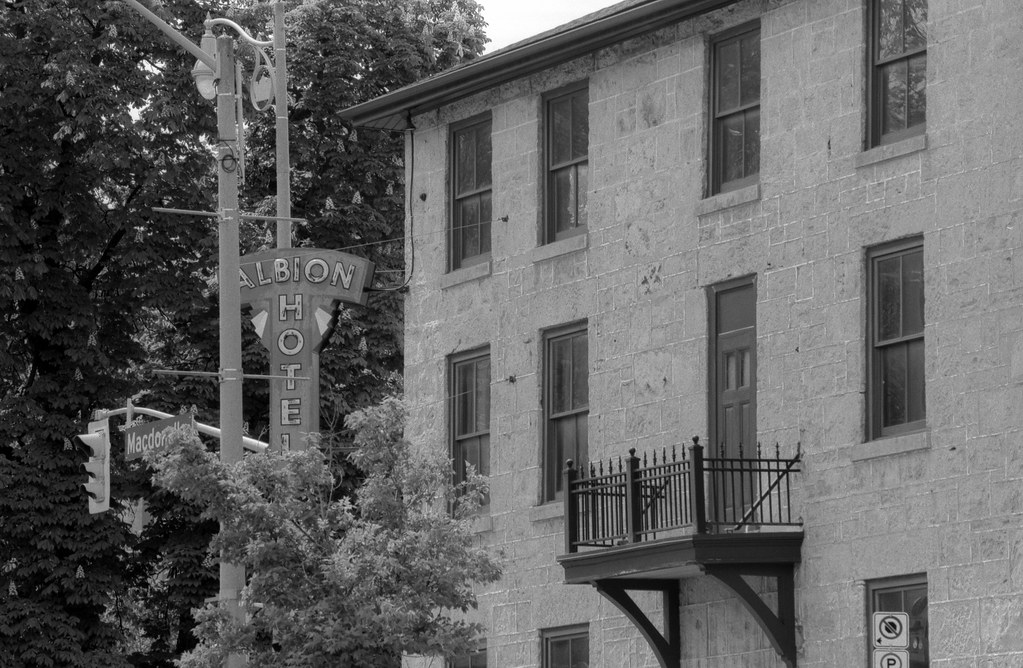

The Low Down
This is one of those lenses that you don’t need; you want. And honestly, given the primary market for the lenses, it would be best to purchase these new rather than used ones. Surprisingly on the used market, the original version (VR) will run between 600-1000$. The VRII version slightly more between 1000-1500$. The newest model, the 2.8E, is close to 3,000$. But if you are okay with losing a stop, the 70-200/4G stands at 1,700$ and will deliver the same level of quality and might avoid some of those vignetting issues. But no matter which way you go, these lenses will always deliver quality images and are certainly one that an event photographer who is working indoors certainly will want to add to their kit. I don’t regret getting mine at all, as it has delivered quality images at weddings, events, portraits, and reenactments.
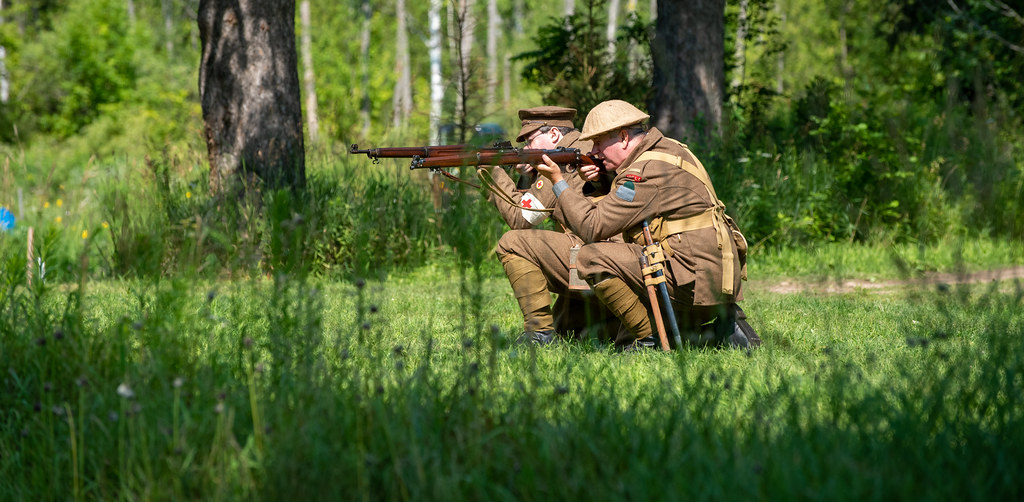
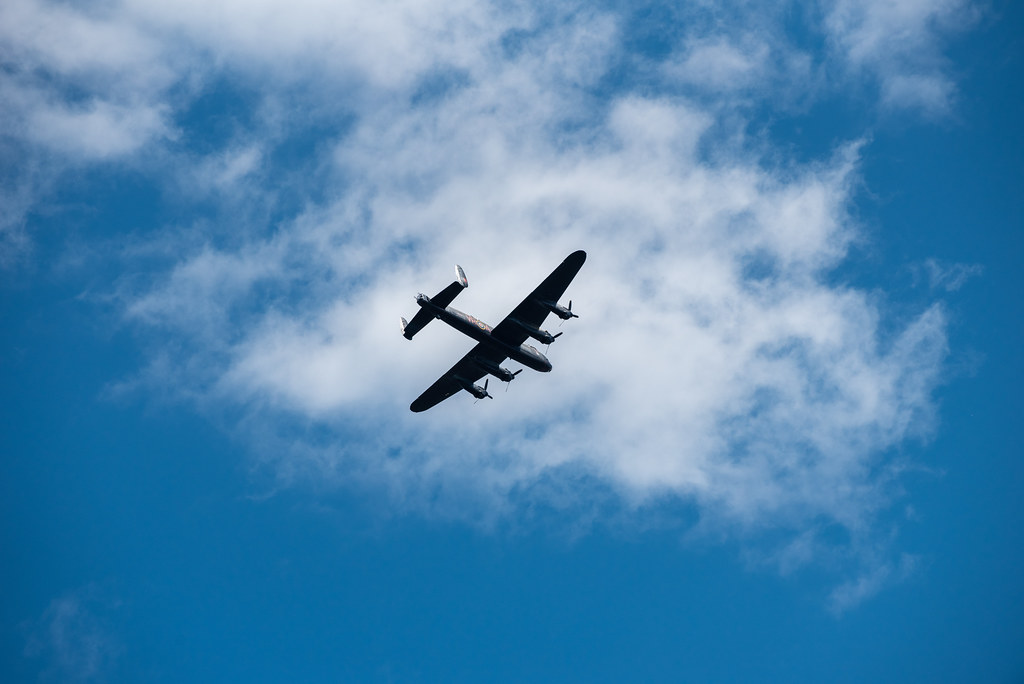
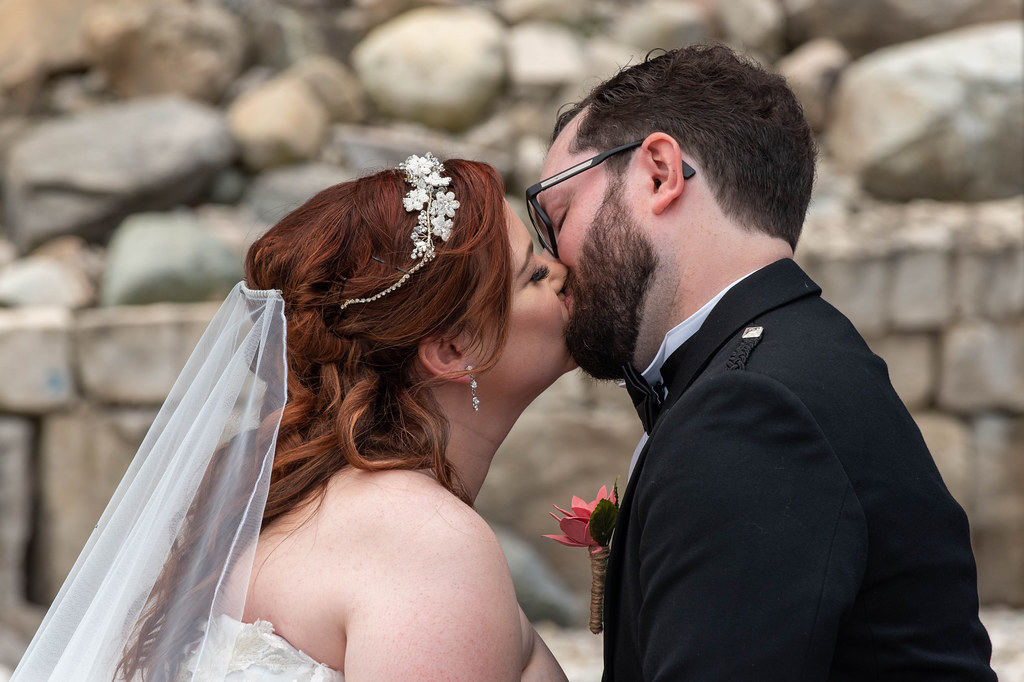


Further Reading
Don’t just take my view on the Nikkor 70-200/2.8G, check out these other reviews.
Ken Rockwell – Nikon 70-200mm f/2.8 VR Review
Optical Limits – Nikkor AF-S 70-200mm f/2.8G Review
Imaging Resources – Nikon 70-200mm f/2.8G Review
Fred Miranda – Nikon 70-200 f/2.8G Reviews
1 Comment